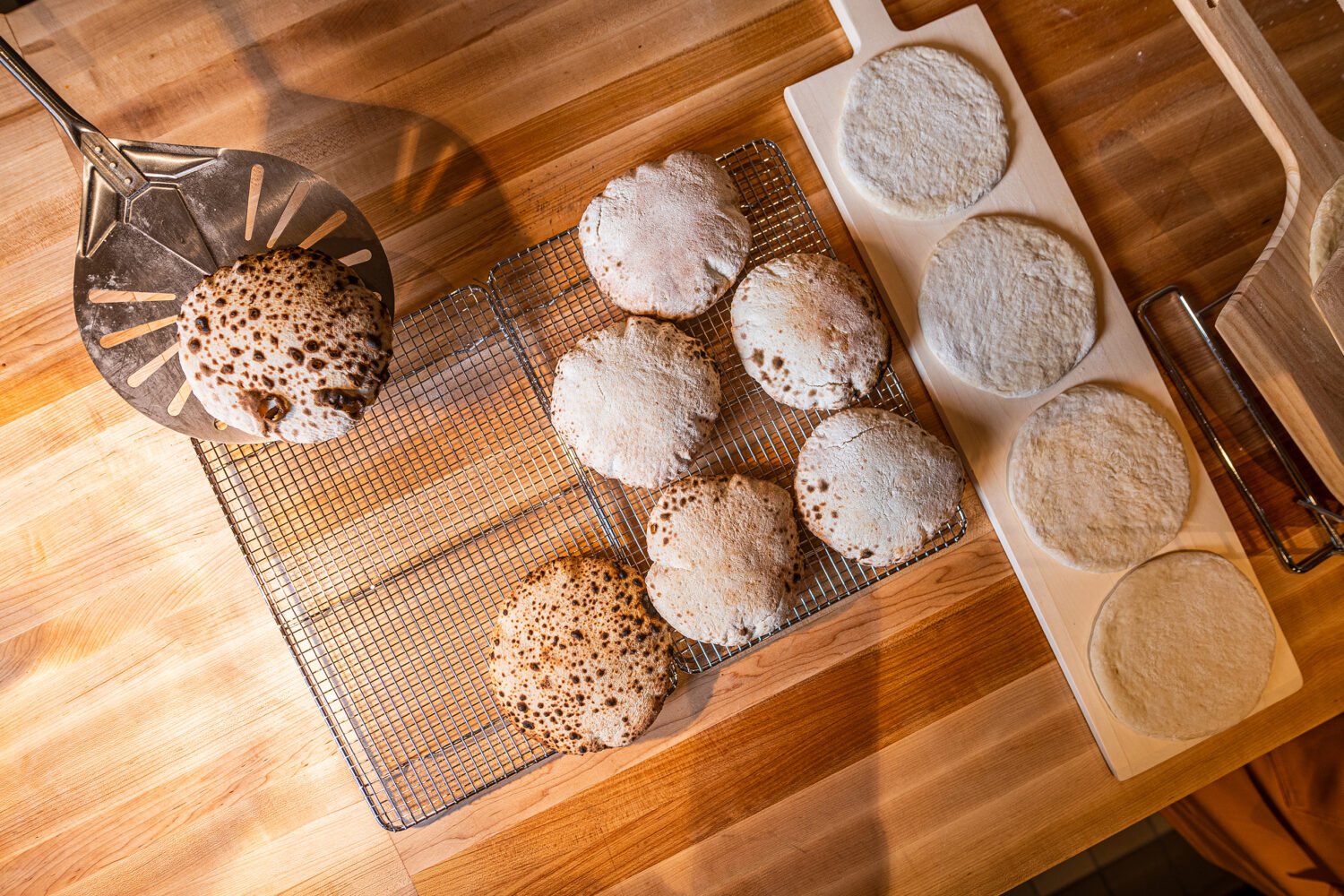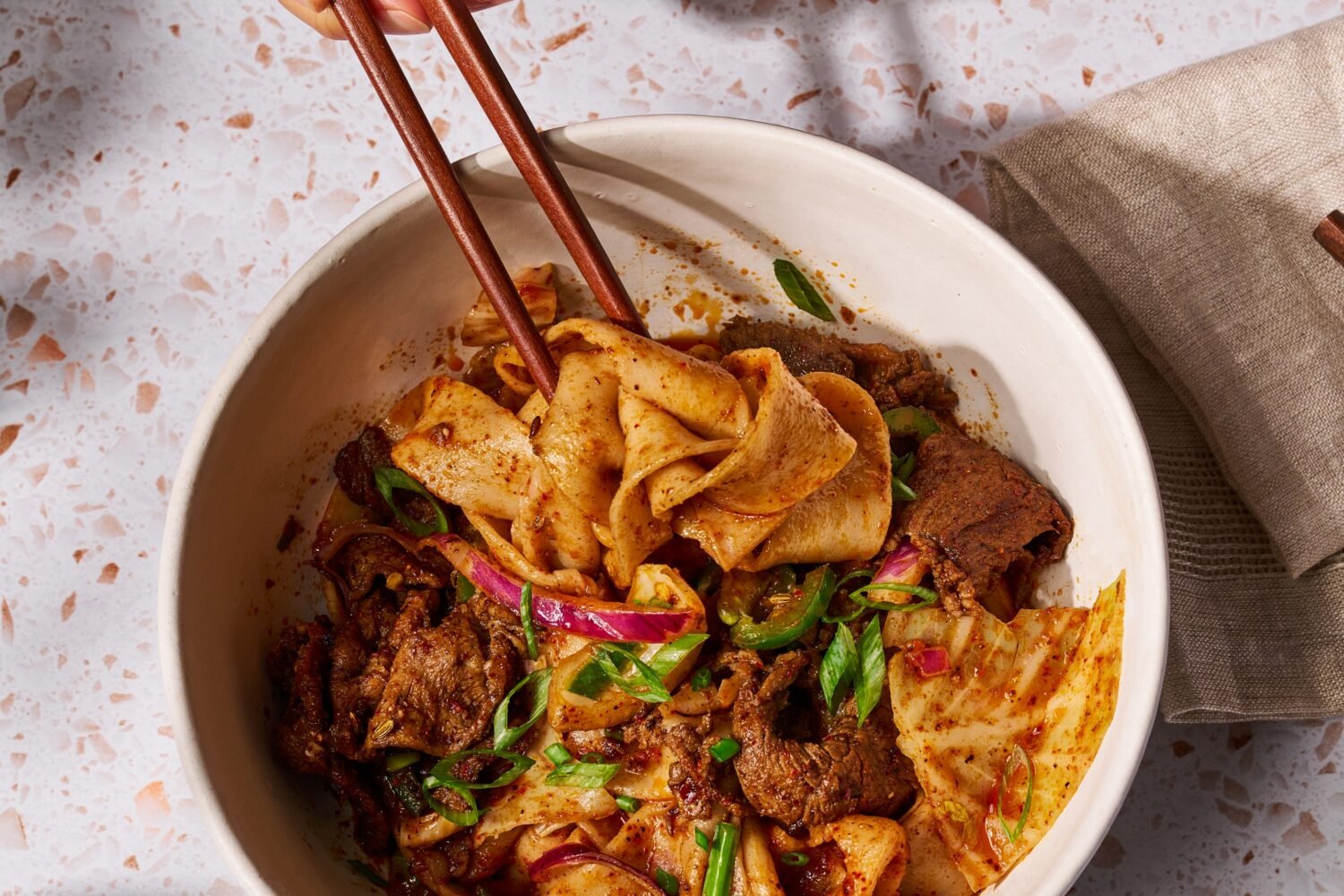From June 2006 Cheap Eats
The move from a snug cafe in College Park to a larger dining room in Silver Spring may have sapped this Burmese restaurant of some of its charm–service hasn't been the same since the Myint family took on a larger staff–but the kitchen still has its vigor.
Burmese cooking isn't as bright or hot as Thai, it isn't as complex in its spicing as Indian, and it lacks the regional breadth of Chinese. It borrows elements from all three neighbors and synthesizes them.
You taste it in dishes like Baya Gyaw Thoke, where pleasantly grainy gram fritters are a counterpoint to a slaw of shredded cabbage and carrots sprinkled with peanuts, or a big spring-roll salad, all crunch and tang, or a filet of salmon bathed in an onion-and-tomato curry.
Vegetarians and vegans will find much to like. But omnivores are luckiest, able to dip into both halves of the menu for something savory–flavorful vegetarian curries like fried tofu in silky coconut cream or an onion-based curry blanketing tender eggplant or meatier fare, like a pork curry cut with sour pickled mangoes.
Onion-tomato curry is the dominant theme in the hot-dish lineup–you can have it with meats and vegetables. A number of plates–notably the noodle variations and several tougher beef preparations–taste less like restaurant creations and more like clunky home cooking.
For dessert, the sticky rice–caramel-hued with brown sugar and coconut cream–and the shweji, poppy-crusted baked cream of wheat, are delicious and go admirably with a steaming cup of Yay Nway Gyan made with hand-picked green-tea leaves from Myanmar.












